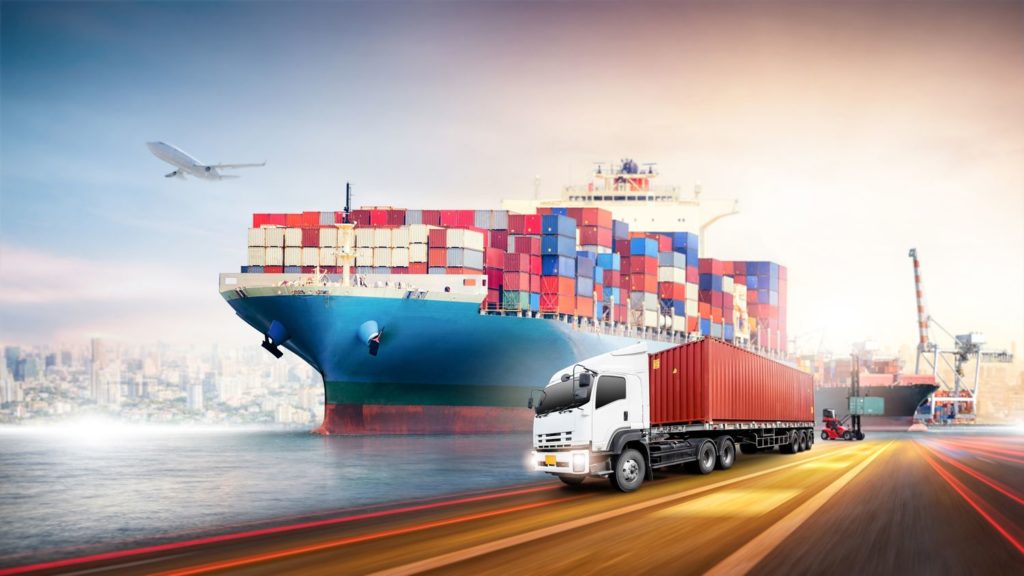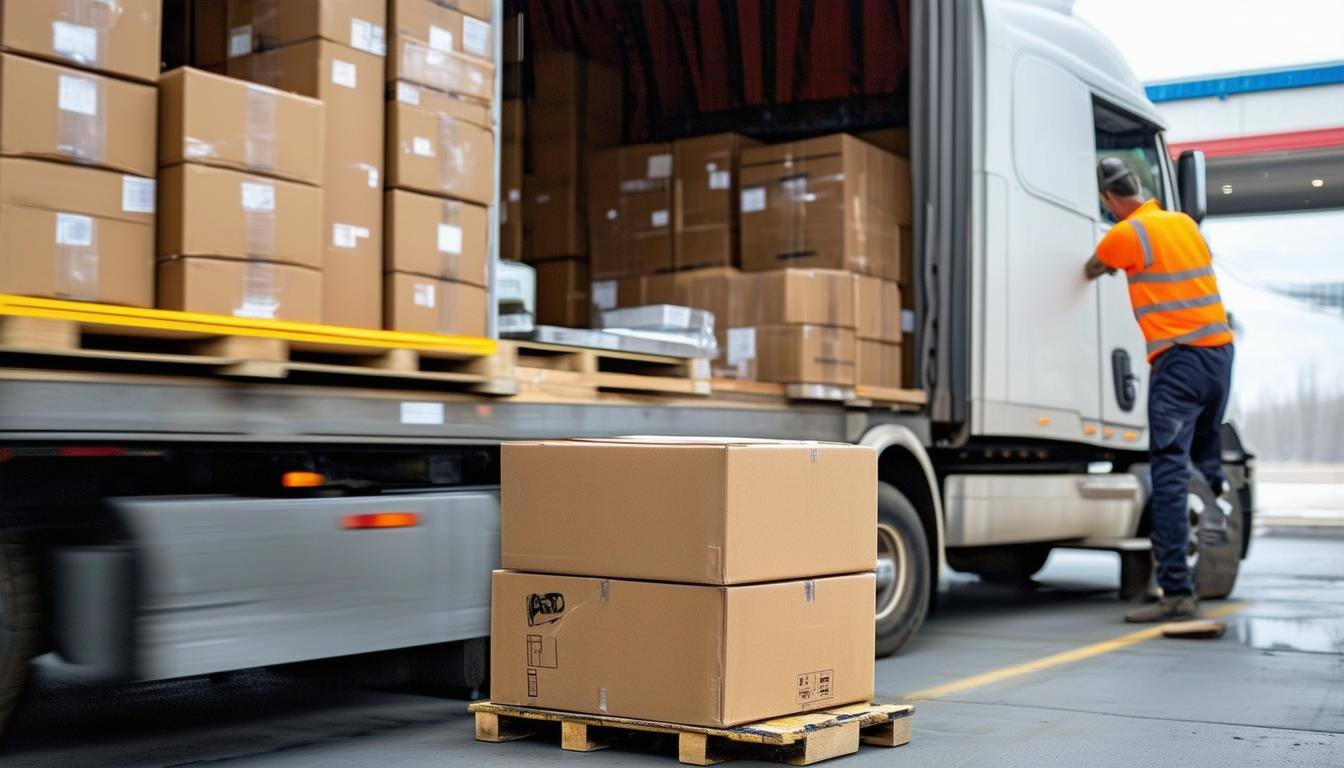Navigating the complexities of international shipping can be daunting, but effective tracking can make the process a breeze.
Understanding the Basics of International Shipping
International shipping involves the transportation of goods between different countries, requiring adherence to various regulations and standards. This process includes multiple stages such as origin pick-up, customs clearance, ocean or air transport, and final delivery in the destination country.
Understanding these stages helps in identifying where potential delays can occur and how to mitigate them. Familiarity with Incoterms (International Commercial Terms) is also crucial as they define the responsibilities of buyers and sellers.
The Importance of Tracking in Supply Chain Management
Tracking shipments is vital for maintaining an efficient supply chain. It provides real-time visibility into the location and status of goods, allowing stakeholders to make informed decisions and adjust plans as necessary.
Effective tracking minimizes the risk of lost or delayed shipments, enhances customer satisfaction, and helps in maintaining inventory levels. It also plays a crucial role in ensuring compliance with international trade regulations.
Top Tools and Technologies for Shipment Tracking
There are several tools and technologies that can facilitate effective shipment tracking. GPS tracking systems, RFID tags, and barcode scanners provide real-time data and updates on the location and condition of shipments.
Online tracking platforms and mobile applications offer user-friendly interfaces for monitoring shipments. Advanced solutions like blockchain technology ensure data integrity and transparency across the supply chain.
Common Challenges and How to Overcome Them
Some common challenges in tracking shipments from China to the US include delays in customs clearance, inaccurate tracking information, and communication barriers. These challenges can lead to increased costs and customer dissatisfaction.
To overcome these challenges, companies should work with reliable logistics partners, invest in robust tracking technologies, and maintain clear communication channels with all stakeholders. Regular training and updates on international shipping regulations can also help in mitigating potential issues.
Best Practices for Ensuring Timely Deliveries
To ensure timely deliveries, it is important to plan and schedule shipments well in advance. Using expedited shipping options and choosing the right mode of transport (air or sea) based on urgency and cost considerations can also help.
Maintaining accurate documentation, staying updated with international trade policies, and leveraging technology for real-time tracking and communication are essential practices. Additionally, building strong relationships with reliable logistics partners and regularly reviewing and optimizing supply chain processes can lead to more efficient and timely deliveries.




SHARE